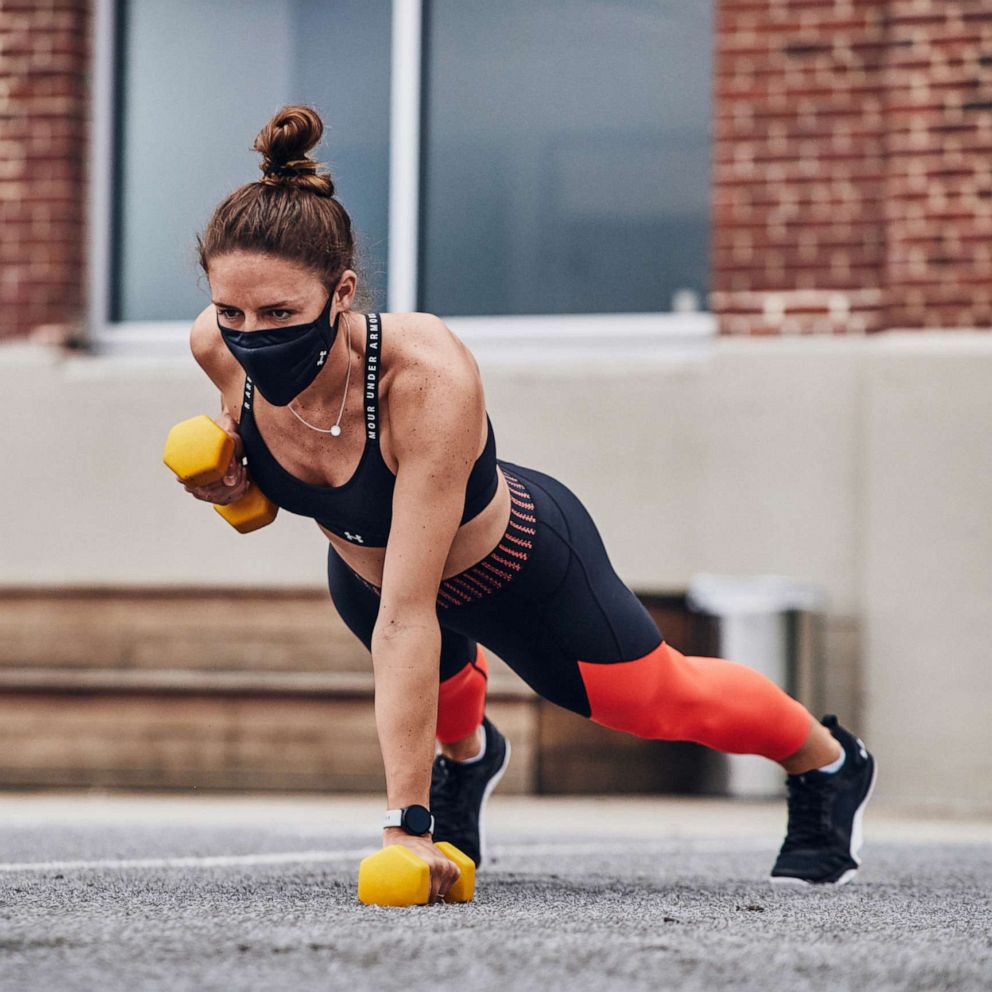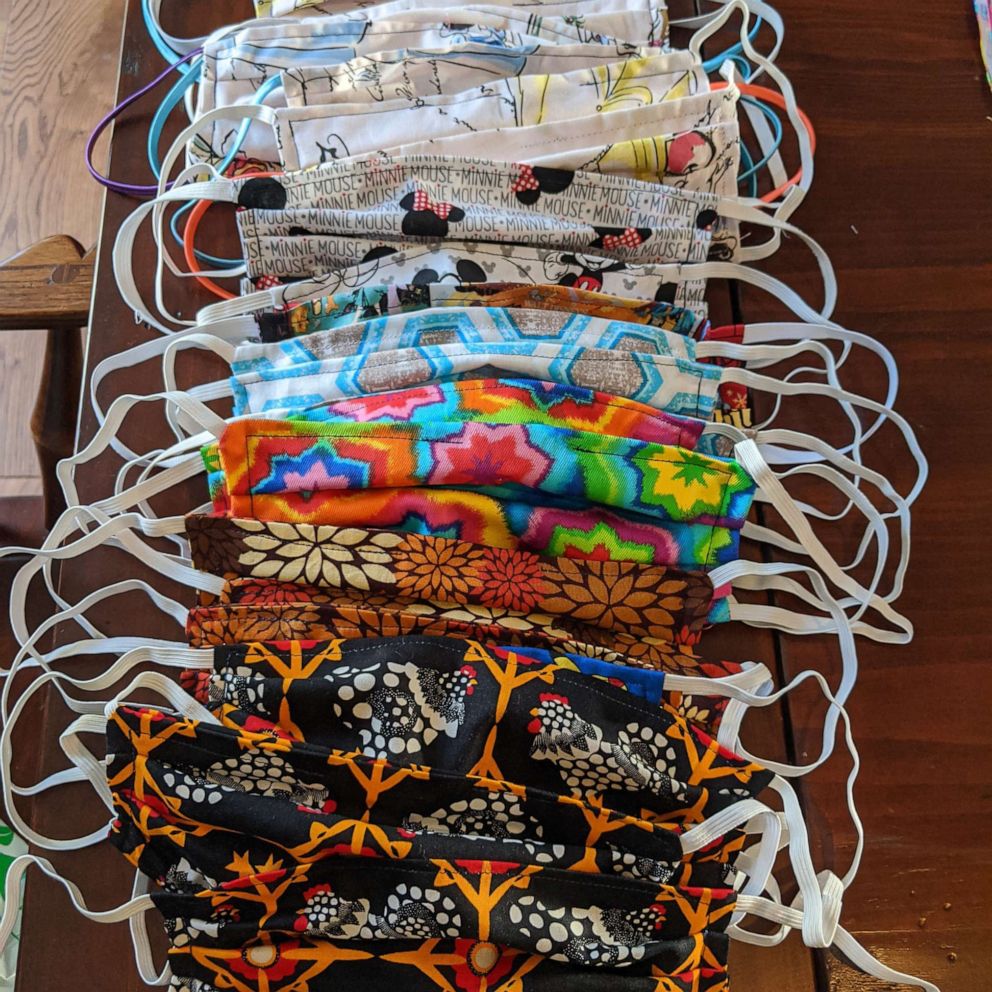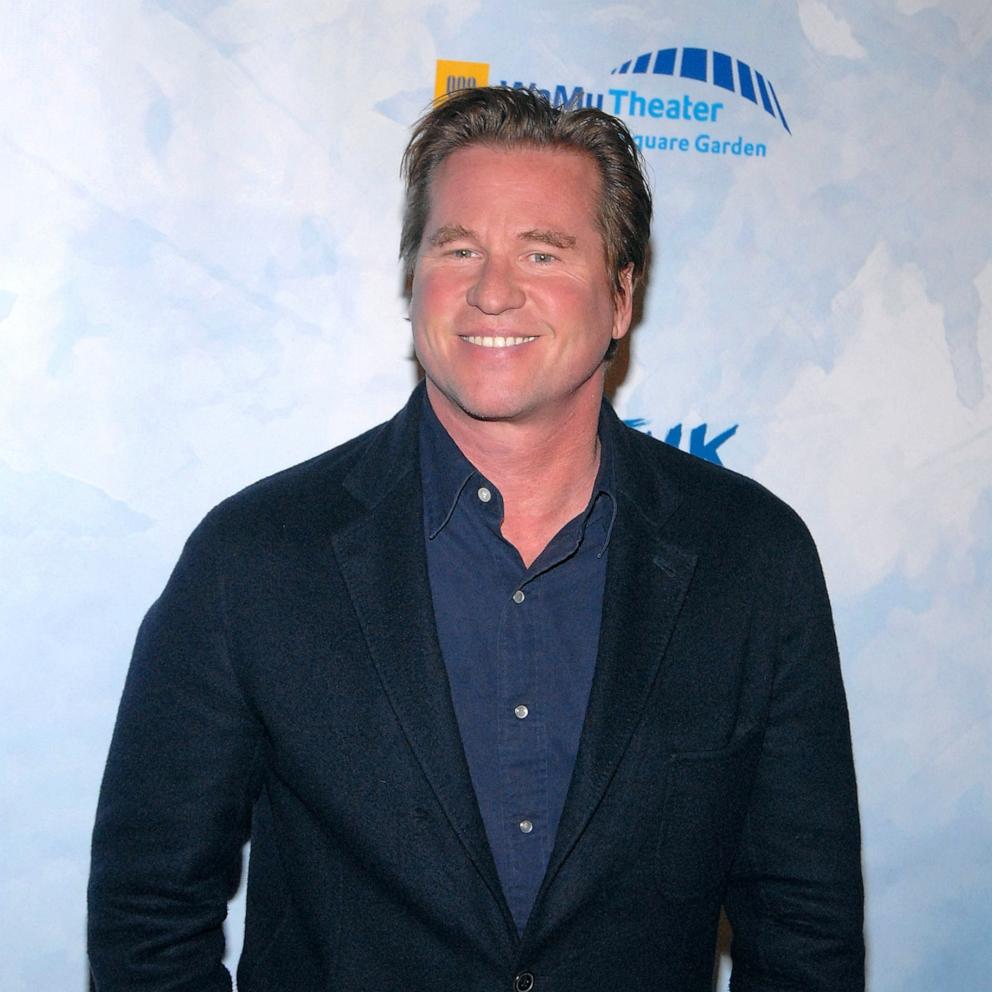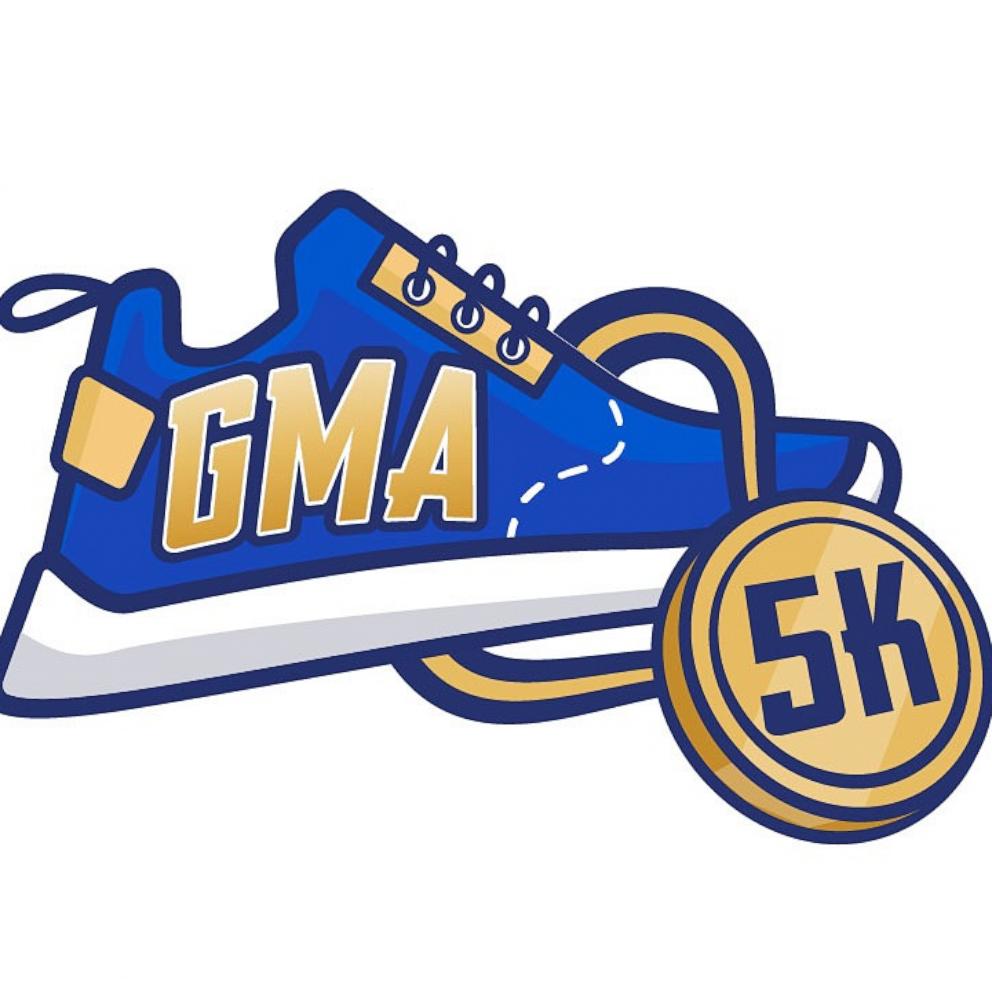Face masks vs. face shields: What should we be wearing?
As Americans “mask up” to prevent the spread of COVID-19, a new trend is emerging with more people wearing clear, plastic face shields instead of cloth masks.
The face shields, which are made for industrial settings, are typically used by hospital staff, who use them in conjunction with surgical or N-95 masks.
“I think face shields are a great option,” Dr. Michael Edmond, professor of infectious diseases at the University of Iowa Health Care, told “Good Morning America.” “One great advantage this time of the year is that they aren’t as hot as a face mask is. For most people, it feels easier to breathe when you have on a face shield, you don’t get the fogging that you get with a mask if you’re a person like me who wears glasses and they’re easy to clean.”
According to a study done in 2014 found in the Journal of Occupational and Environmental Hygiene, called the “Efficacy of Face Shields Against Cough Aerosol Droplets From a Cough Simulator,” a simulation showed that wearing a plastic face shield reduced the inhalation of droplets from a cough by 96%, significantly protecting the wearer.
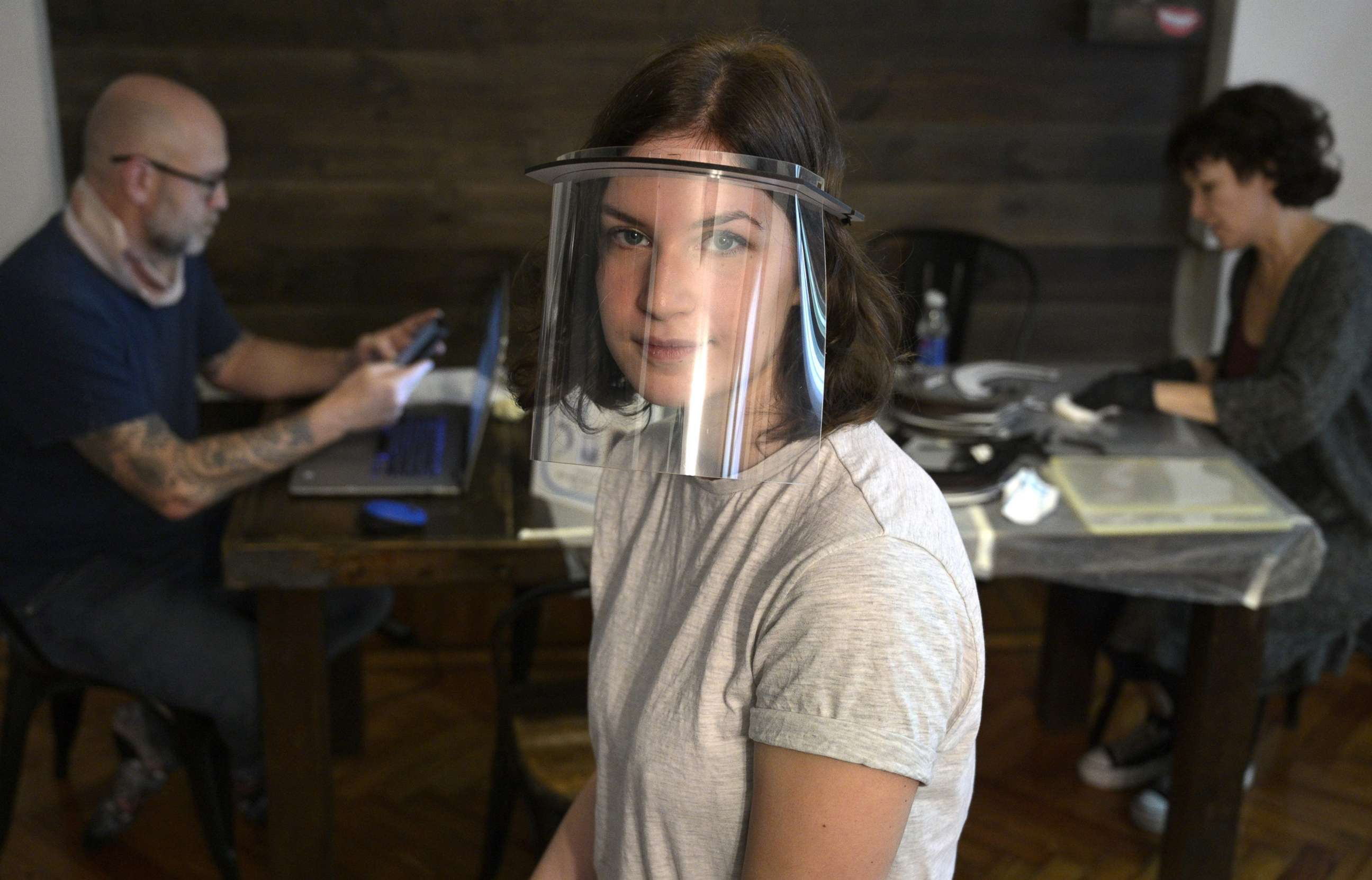
The study also showed that “face shields can substantially reduce the short-term exposure of health care workers to large infectious” particles. However, the researchers in the study pointed out that face shields “cannot be used as a substitute for respiratory protection when it is needed.”
Both Edmond and Dr. Colleen Kraft, an infectious disease doctor at Emory University, cite the need for more research into the efficacy of face shields in the prevention of COVID-19 transmission. The primary issue: it is not known if face shields protect others from the spray of respiratory particles if the wearer of the face shield is sick. "We don’t have all the data that we need. Really what you would like is a study that head-to-head compares face masks to face shields and those studies aren’t yet available,” Edmond said.
“You should be wearing a mask when you’re in public, in any area," Kraft said. "If you prefer to wear a face shield, you should be wearing a face shield but you should be covering your nose and mouth.”
The Centers for Disease Control and Prevention also recommended that the sides of the wearer’s face are wrapped and extend below the chin if they choose to wear a face mask, but they do not recommend the use of face shields for normal everyday activities or as a substitute for cloth face coverings.
“It is not known if face shields provide any benefit as a source control to protect others from the spray of respiratory particles,” the CDC highlighted on their website.
The CDC has not recommended the use of face shields in lieu of face coverings. Some states have listed face shields as an alternative to cloth masks, such as Oregon, where the state’s Health Authority has listed face shields as an option for face coverings when in public.
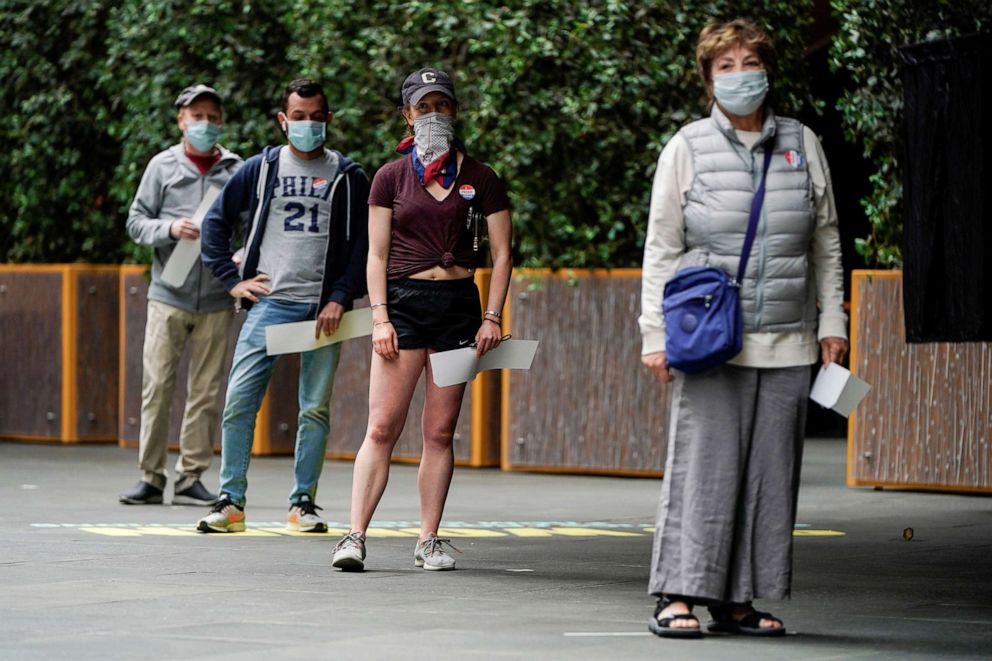
And in Seattle, King County’s public health department says “transparent face shields aren’t a direct substitute for face coverings because they don’t protect others. Droplets released when someone coughs, sneezes, or speaks can be dispersed through the sides and bottom of the shield.”
While guidance on the use of face shields isn’t clear and no studies have been done yet that compares face masks to face shields, officials across the country are urging people to cover their face, especially as cases in the United States climb to more than 2 million.


